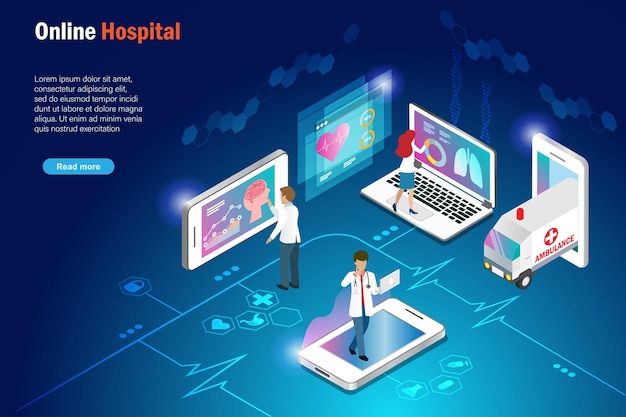The Influence of Subscription Based Healthcare on Typical Clinical Practices
The Influence of Subscription Based Healthcare on Typical Clinical Practices
Blog Article
The Surge of Subscription-Based Medical Care and Its Impact on Patient Care
As medical care evolves, the subscription-based version is getting traction, promising to reinvent person care by supplying predictability and availability. The possibility for these models to improve health care shipment increases pressing concerns concerning their lasting sustainability and inclusivity. Are these membership solutions the future of health care, or do they risk leaving susceptible populations behind?
Comprehending Subscription Health Care Models
Realizing the principle of subscription health care versions involves examining a transformative approach to clinical services that highlights affordability and ease of access. These designs, usually referred to as direct health care (DPC) or concierge medication, have emerged as ingenious alternatives to traditional fee-for-service health care systems. Registration healthcare allows patients to pay a fixed monthly or annual fee for a specified set of clinical solutions, which might consist of unrestricted workplace sees, routine exams, and standard laboratory examinations, without the need for typical insurance policy billing.
The structure of subscription health care versions is designed to improve client care by removing third-party payers and intricate billing codes, thereby reducing administrative worries. Doctor can concentrate extra on client care, promoting more powerful patient-provider partnerships. This version also promotes preventative treatment by urging normal check outs, as the monetary barrier of per-visit costs is removed.
The subscription model often equips doctor to manage smaller patient panels, allowing for more individualized care. It aligns economic motivations with person wellness results, as providers are encouraged to maintain patient complete satisfaction and well-being. Overall, understanding registration medical care designs requires acknowledging their potential to improve just how treatment is provided and accessed.
Benefits for Providers and patients

For companies, subscription-based versions provide the chance to grow patient-provider partnerships. With a stable income stream, health care professionals can devote more time per patient, bring about an extra extensive and tailored treatment experience. This design additionally minimizes dependence over person quantities, reducing burnout and enhancing task fulfillment. The emphasis on preventive treatment within membership strategies can lead to much better client outcomes and decreased long-term medical care prices. By concentrating on constant care, service providers can attend to concerns before they escalate, ultimately profiting the medical care system all at once by minimizing the problem on emergency and intense care services.
Difficulties and Concerns
While subscription-based medical care models present various benefits, they also come with a set of difficulties and issues that must be addressed. This raises ethical questions about equitable accessibility to health care solutions.
Financial sustainability of subscription-based designs is one more problem. Companies should balance the fixed earnings from subscriptions with the variable prices of health care services, which may rise and fall due to unpredicted clinical demands. This can produce pressure to restrict services or increase fees, possibly impacting individual contentment and care high quality.
Additionally, governing oversight of subscription-based health care designs is still developing. Dealing with these difficulties is important for the successful and equitable implementation of subscription-based healthcare.
Influence On Patient-Doctor Relationships
One significant influence of subscription-based health care models on patient-doctor partnerships is the potential for enhanced connection and personalized care. By embracing a membership model, medical professionals can handle a smaller individual panel, permitting even more dedicated time with each individual. This increased schedule fosters a deeper understanding of a patient's medical history, lifestyle, and preferences, making it possible for extra tailored treatment plans and interventions.

However, it is essential to recognize that while subscription-based models may profit those who can afford them, they could accidentally broaden health care disparities. People that are unable to take part in these versions may experience reduced accessibility to individualized care, possibly affecting their relationships with medical care suppliers. Thus, while the subscription version provides encouraging advantages for patient-doctor relationships, it additionally positions obstacles that require to be resolved to make certain fair health care accessibility.
Future of Health Care Accessibility

The duty of technology can not be ignored in this makeover. Telemedicine platforms and electronic health records help with smooth communication between clients and doctor, breaking down geographical and logistical obstacles. Additionally, advancements in synthetic knowledge and information analytics can better individualize clinical care by anticipating client needs and optimizing treatment plans.
However, the future of healthcare access additionally offers obstacles, such as ensuring equity across different socio-economic groups. Policymakers and doctor must collaborate to link the electronic divide, guaranteeing that subscription-based models remain inexpensive and comprehensive. As these systems grow, they hold the pledge of making medical care extra obtainable, effective, and patient-centric.
Conclusion
Subscription-based healthcare designs are reshaping client treatment by giving a stable expense framework and boosting accessibility. The increase of subscription-based medical care urges aggressive patient involvement, which has the prospective to enhance patient end results and fulfillment, indicating a transformative shift in health care delivery.
As medical care progresses, the subscription-based click to read model is helpful resources obtaining grip, assuring to revolutionize person care by providing predictability and availability.Subscription-based health care models provide unique advantages for both companies and patients, boosting the general medical care experience.As health care systems develop, the future of healthcare accessibility regularly pivots on the integration of innovative models and technologies.Subscription-based medical care versions are reshaping person treatment by offering a secure price structure and improving ease of access. The rise of subscription-based healthcare urges positive patient involvement, which has the potential to boost individual outcomes and fulfillment, signaling a transformative shift in medical care shipment.
Report this page